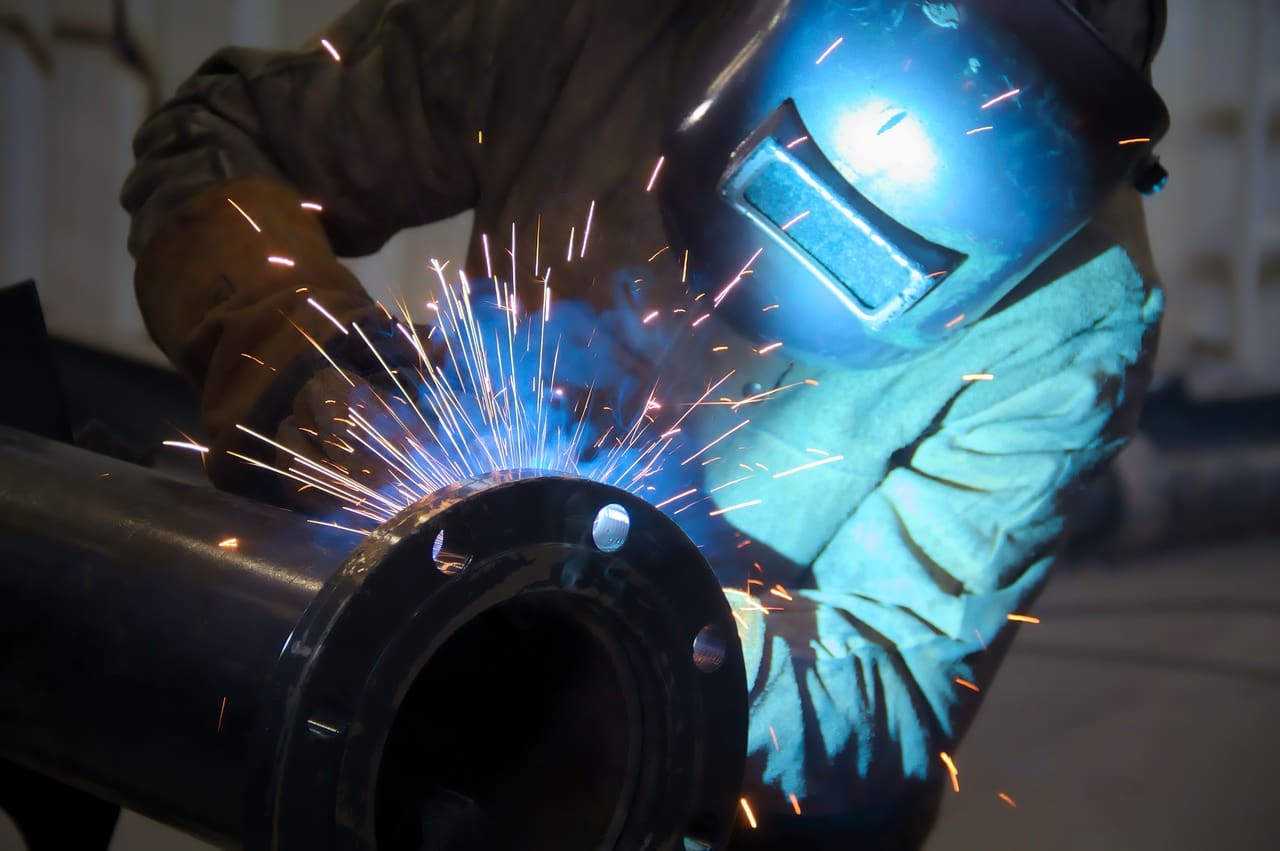
Metal fabrication involves the use of heavy machinery and hazardous materials, making it critical for facilities to prioritize safety. Workers in a fabrication shop can put themselves at risk of injury when they neglect safe practices. Understanding common metalworking safety tips can help your staff protect themselves while working. Consider these metal fabrication safety tips for your team:
Industry-established safety gear offers protection from many of the hazards in a metalworking shop. The appropriate personal protection equipment (PPE) for a fabrication shop includes:
Loose-fitting clothing, jewelry and long hair can pose a safety hazard around heavy equipment. Pull back long hair, take off jewelry and wear properly fitting clothing to stay safe.
Organizing a shop’s tools, gear and equipment creates a clear working environment. If a spill happens, put up a barricade and clean it up as soon as possible. Keep walkways and floors clear of objects to prevent falls, and encourage the habit of cleaning and storing between fabrication tasks for a safer workshop.
The process of promoting safe metalworking practices begins with management. Establishing a “safety culture” in your workplace encourages team members to work together toward a safer shop. Managers also need to follow and promote their company’s safety practices to set the expectation of safety in their work environment.
Metal fabrication involves a variety of liquids that require careful treatment. Equipment such as ventilation systems and mist collectors can reduce the dangerous mist released during metalworking. A fluid management program can also reduce risks by assigning people who will manage fluid safety.
Improper material handling causes a large number of back and neck injuries in metal fabrication shops. Use material handling equipment such as wheelbarrows and forklifts whenever possible to protect neck and back muscles. When someone has to lift an object, encourage techniques such as team lifting and using one’s legs to carry weight.
Keeping all workers aware of your company’s safety practices helps them perform the measures more effectively. Provide extensive safety training as part of the onboarding process and in ongoing training sessions. Holding workers accountable for violating safety protocols further emphasizes the importance of following them.
Well-maintained fabrication equipment improves both productivity and safety. Regular equipment maintenance and inspections ensure your machines work as intended to reduce errors. They also allow you to find any faults in the equipment that could pose a safety risk.